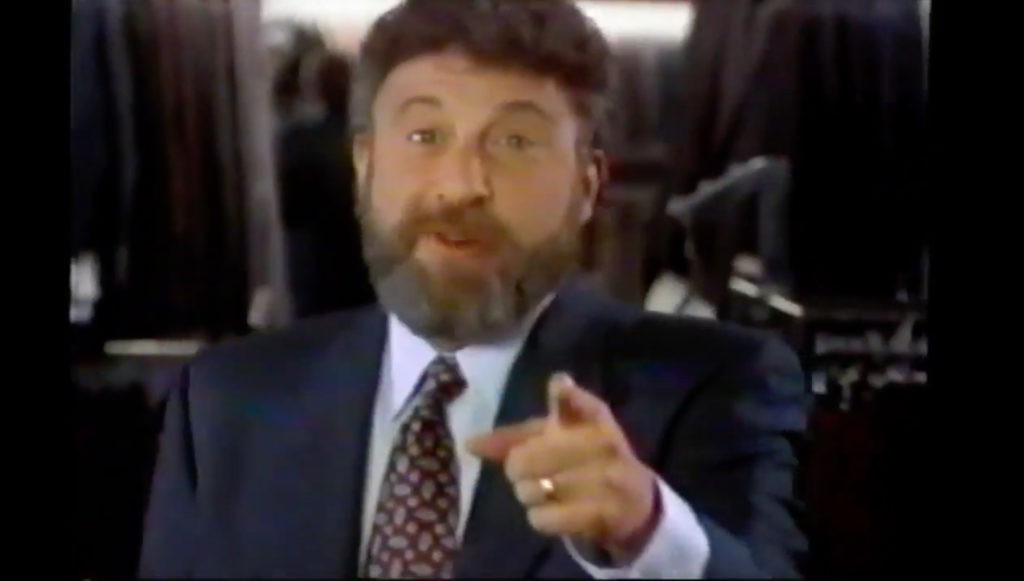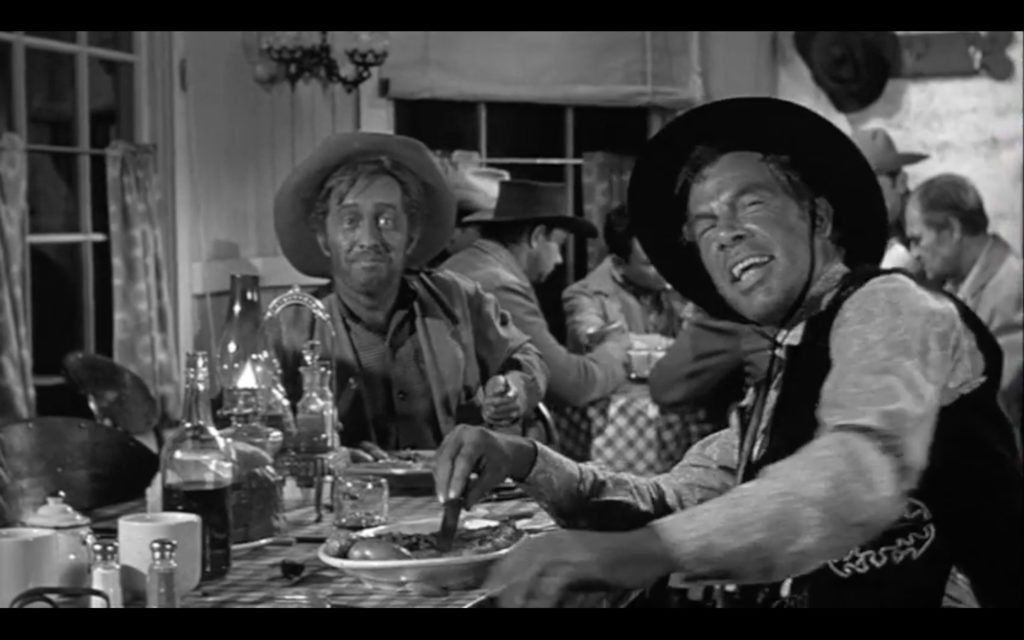My local radio station has these short, punchy 3-minute news segments.
I like them. So I thought I would do something similar on occasion, but about direct response marketing. Here’s the first edition:
The end of protein?
I just listened to a new interview with Dr. Steven Gundry. Gundry is the face of Gundry MD, a Golden Hippo company. (Golden Hippo one of the biggest direct response health businesses.)
Anyways, Dr. Gundry says in the interview that you should limit your protein to 20 grams a day because that’s all we need and because “protein ages you.” So we’ve come full circle. First fat was bad and carbs were good… Then carbs were bad and protein was good… And now protein is bad and fat is good.
Will a low-protein longevity diet be the new fad for the 2020s, spawning hundreds of new direct response offers, like keto and paleo did before it? Here’s the Gundry interview if you wanna decide for yourself:
https://jamesaltucher.com/podcast/508-dr-steven-gundry
A multi-million dollar email
Justin Goff’s “Wife saves husband — doctors stunned” email drop started running several years, or at least that’s when I first heard about it. In any case, it’s running still. I see it on average twice a month in Newsmax alone. In fact, it ran again today.
Who knows how many millions of dollars worth of business this single piece of copy has brought in? Here’s a version from Glenn Beck’s list is in case you wanna read and study:
DJ Trump in 3rd place with ad spend
I wanted to see which advertisers are spending the most on FB ads. Foolish, it turns out. There’s no way FB is sharing that data. But, thanks to Trump and Cambridge Analytica, FB is sharing very clear data about which political campaigns are spending how much.
Looking over the past 30 days, the top spender, at around $4.3 million, is one Tom Steyer, a billionaire Dem candidate for president I had never even heard of. No. 2 is Mike Bloomberg who entered the race only two weeks ago, but already spent $1.5 million. In 3rd place, we have DJ Trump, with around $1.4 mil in ad spend.
If you wanna see the full list, which links to the ads for all the candidates, and also includes other high-integrity advertisers such as Goldman Sachs and Planned Parenthood, here’s where to go:
https://www.facebook.com/ads/library/report/
Got a hot tip?
3-Min DR News wants to hear from you. You can submit your industry news or gossip, on the record or off, by clicking here and writing our editorial team (of one) an email.



